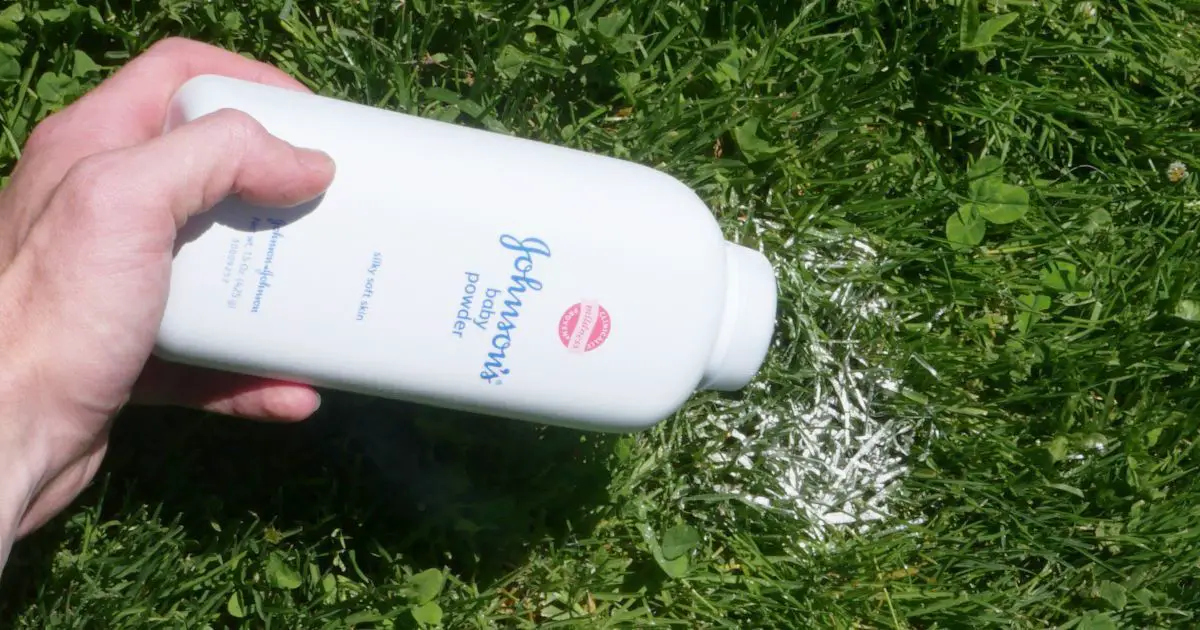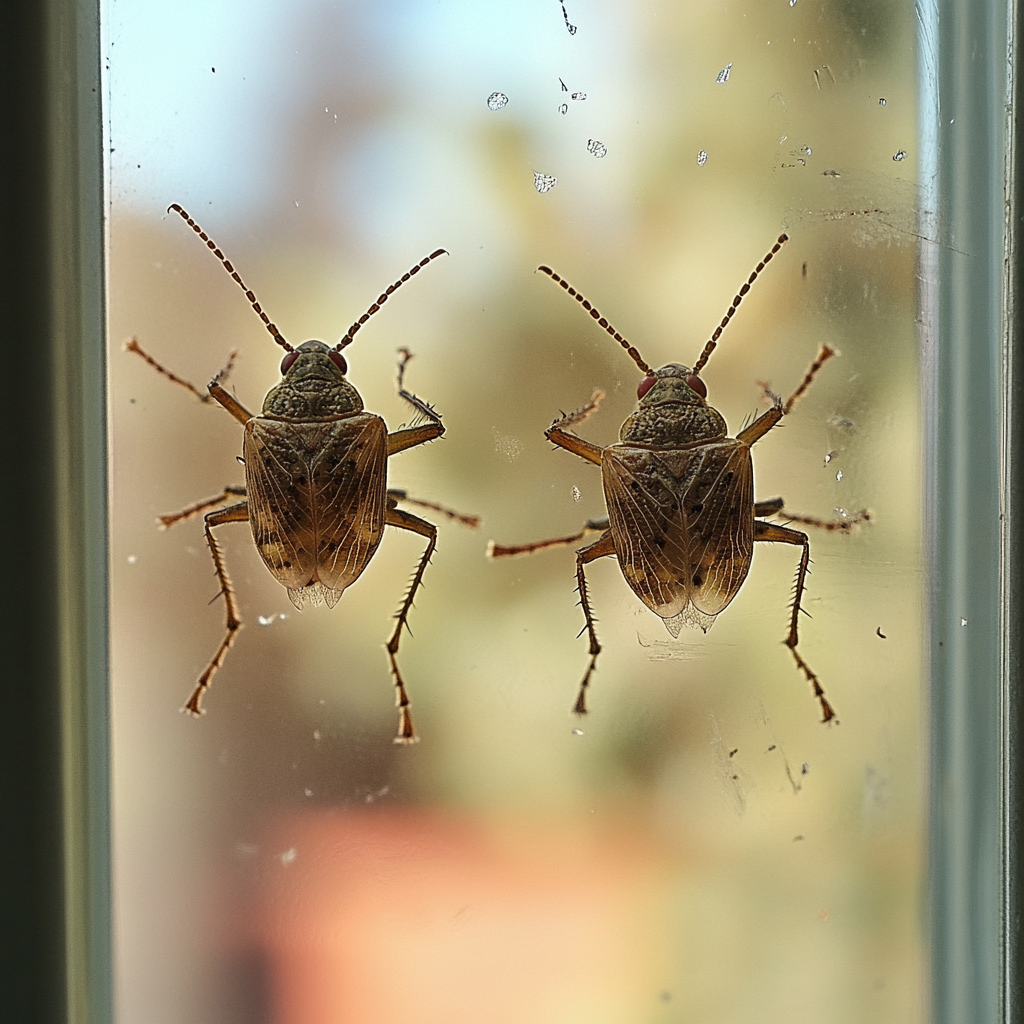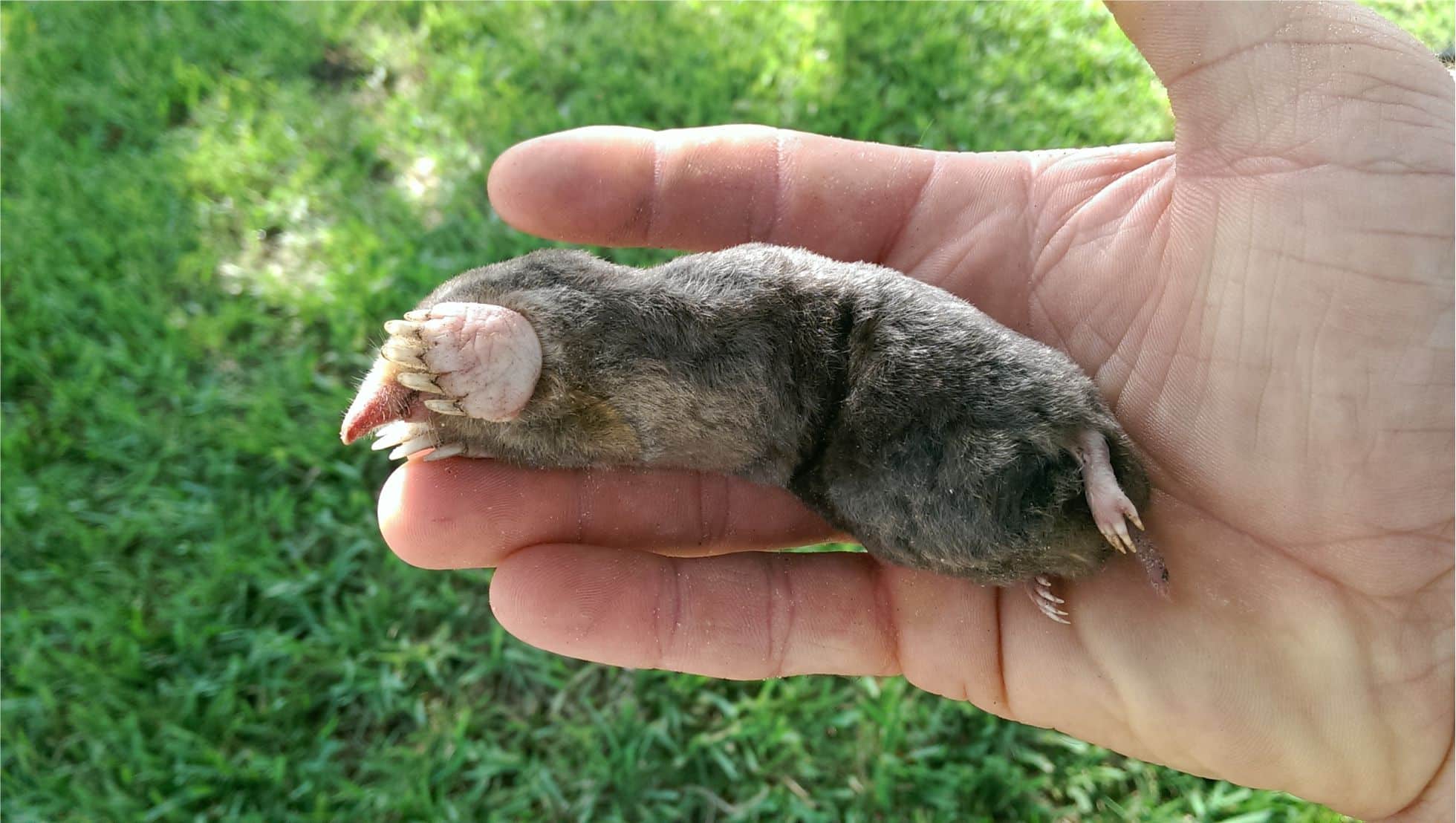Lavender (Lavendula spp.) is a fragrant perennial plant that comes back every year. It has gray-green leaves, upright flower spikes, and a compact shape. The best time to plant lavender is in the spring, after the frost is gone and the soil is warm.
This plant grows at a moderate pace, adding a few inches each year. But, it can be toxic to pets like dogs and cats. You can grow new lavender plants from softwood or hardwood cuttings.
Softwood cuttings are taken in the spring, and hardwood cuttings in the fall. Both methods are similar in process. Lavender has a wide root system. So, don’t plant it in shady spots where it might be overshadowed.
Lavender loves full sun and is very drought-tolerant once it’s established. In the first year, keep your lavender plants watered regularly.
After that, they can survive long droughts. But, too much water can cause fungal diseases and root rot.
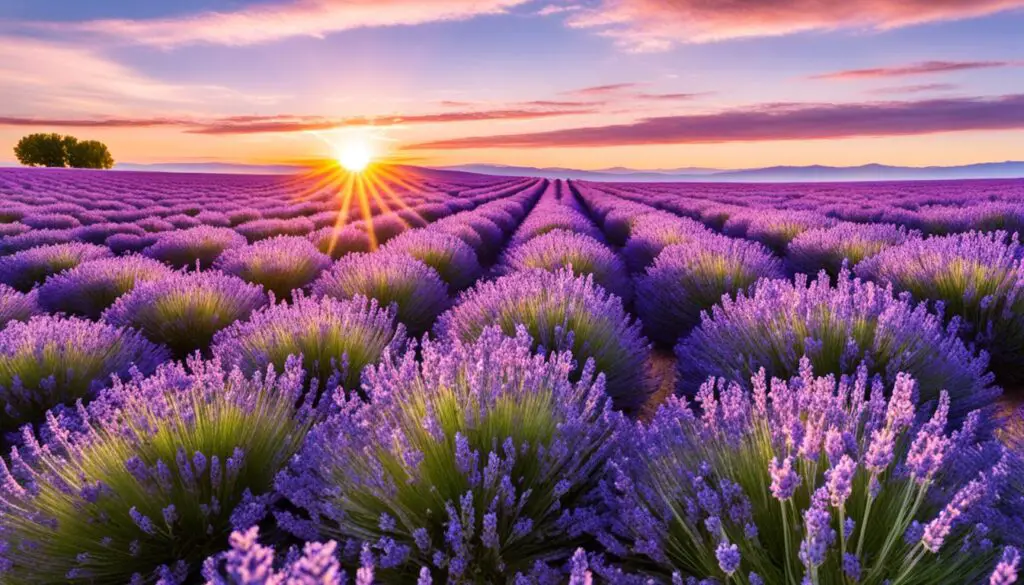
Key Takeaways
- Lavender is a hardy, drought-tolerant perennial that thrives in full sun and well-drained soil.
- Lavender plants can be propagated from softwood or hardwood cuttings, but should be planted in spring after the risk of frost has passed.
- Proper pruning, by cutting back one-third of the plant’s height, helps maintain a compact, bushy shape and prevent legginess.
- Lavender is susceptible to root rot and powdery mildew, so it’s important to avoid overwatering and provide good air circulation.
- Lavender is a versatile plant that can be used for its fragrant flowers, essential oils, and as a culinary herb.
Introduction to Lavender Plants
About Lavender
Lavender is a versatile and fragrant herb that has won the hearts of gardeners and aromatherapists.
It comes in many varieties, making it perfect for any home garden. From the classic English lavender to the robust Lavandin and the beautiful French lavender, each type has its own special traits.
Lavender plants grow best in USDA Hardiness Zones 5a through 9a. They are aromatic, gray-green herbs that not only smell great but also keep pests away and attract bees. This makes them great companions for other plants.
Lavender is also known for its essential oils, which are calming and relaxing. These oils can be used in many ways, from making sachets to aromatherapy. So, lavender is a must-have in any garden or home.
| Lavender Variety | Characteristics | Growing Zones |
|---|---|---|
| English Lavender (Lavandula angustifolia) | Compact, bushy growth; fragrant purple flowers | Zones 5-9 |
| Lavandin (Lavandula x intermedia) | Larger, more robust plants; longer flower spikes | Zones 5-9 |
| French Lavender (Lavandula stoechas) | Distinctive “rabbit ear” flowers; more heat-tolerant | Zones 7-9 |
If you want to create a peaceful garden or explore the many uses of lavender, this herb is perfect. It offers a lot of possibilities for those who love to garden.
Planting and Growing Lavender
Lavender is a versatile and fragrant perennial herb that thrives in well-drained, slightly alkaline soil and full sun. When planting and growing lavender, there are a few key considerations to keep in mind.
The best time to plant lavender is in the spring, after the soil has warmed up to at least 60°F (15°C) and the threat of frost has passed. Lavender prefers a site that receives at least 6 hours of direct sunlight per day.
The soil should be sandy, nutrient-poor, and provide excellent drainage to prevent root rot. Avoid planting lavender in heavy clay or low-lying areas prone to standing water.
When planting, space the lavender plants about 2 feet (60 cm) apart to allow for good air circulation. This will help prevent issues like fungal diseases. Lavender is drought-tolerant once established, so it only needs to be watered during prolonged dry spells.
Fertilizing is rarely necessary and may even cause an excess of foliage growth at the expense of flower production.
In colder climates where temperatures dip below zero degrees Fahrenheit, it’s important to insulate your lavender plants with a winter mulch to protect them from cold damage.
Lavender can also be propagated from seed or by taking softwood or hardwood cuttings, allowing you to expand your lavender garden.
| Lavender Planting and Growth Requirements | Details |
|---|---|
| Planting Time | Spring, after last frost |
| Soil Type | Sandy, well-draining, slightly alkaline |
| Sunlight Needs | Full sun, at least 6 hours per day |
| Spacing | 2 feet (60 cm) apart |
| Watering | Only during prolonged dry spells after establishment |
| Fertilizing | Rarely necessary |
| Overwintering | Mulch in cold climates to protect from frost |
| Propagation | Seed, softwood or hardwood cuttings |
By following these guidelines for planting and growing lavender, you can enjoy the vibrant color and soothing fragrance of this versatile herb in your garden for years to come.
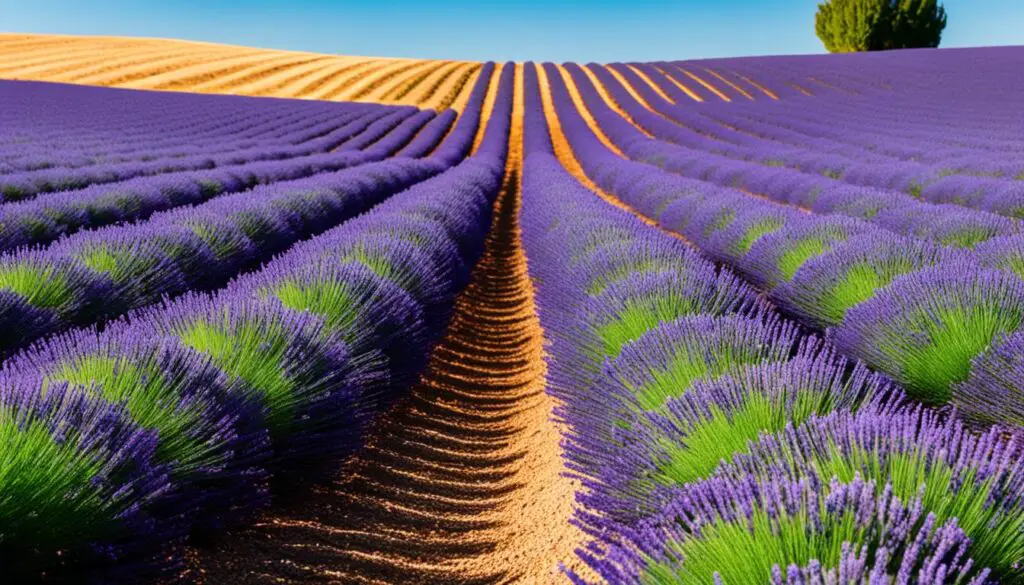
“Lavender is a gorgeous perennial shrub with fragrant lavender flowers and gray-green foliage.”
How To Grow Lavender and Care
As a passionate gardener, I’ve learned that taking good care of my lavender plants is key. I trim them by about one-third in early spring, late spring, and mid-to-late summer. This keeps the plant looking good, encourages new growth, and helps with the flowers.
Harvesting lavender for drying is a favorite task. I cut the stems in the morning when the essential oils are strongest, usually when half the buds have opened.
Then, I tie the stems in small bundles with rubber bands and hang them in a cool, dark spot with good air flow to dry.
Once dry, I gently remove the flowers from the stems and put them in an airtight jar. This is the best way to keep the lovely scent for later use.
There are many great ways to use fresh lavender too. I add the flowers to salads, soups, and baked goods. Or, I steep them in hot water for a calming tea. The oil can be used in homemade syrups, oils, and sachets, making my home feel like a spa. With a bit of care, lavender is a rewarding plant to grow.
FAQ
What is lavender and what are its benefits?
Lavender is a fragrant plant that comes back every year. It has gray-green leaves, tall flower spikes, and grows into a compact shrub. People love lavender for its smell and its essential oils, which help you relax.
When is the best time to plant lavender?
Plant lavender in the spring when the soil is warm and frost is gone. This is the best time to start your lavender plants.
What type of soil does lavender prefer?
Lavender likes sandy, poor soil that drains well. Don’t plant it in heavy clay or where water collects.
How often should I water my lavender plants?
Lavender is very tough and needs little water. Water it when it’s really dry. In the first year, water it often. But, too much water can cause disease.
How do I prune my lavender plants?
Pruning keeps lavender healthy and looking good. Prune in early spring, late spring, and mid-to-late summer. Cut back by one-third and shape the plant carefully. Always use clean tools.
How do I harvest and dry lavender?
Harvest lavender flowers in the morning when they’re full of oil. Cut stems when half the buds are open. Dry them in a cool, dark place. Once dry, store them in a jar with a lid.

